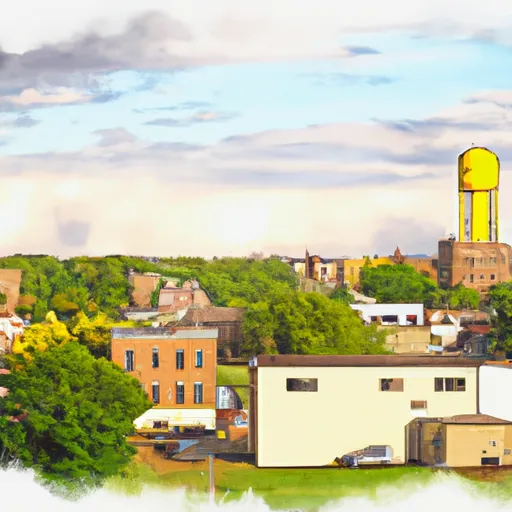°F
°F
mph
Windspeed
%
Humidity











New Hampton, Iowa is a charming city located in Chickasaw County. It experiences a humid continental climate with cold winters and warm summers. The area receives an average of 34 inches of rainfall annually, offering a favorable hydrology for various outdoor activities.
The town is blessed with beautiful surroundings, including the serene Turkey River, which is perfect for canoeing, kayaking, and fishing. Outdoor enthusiasts can also explore the numerous parks and trails, such as Mikkelson Park and the Three Rivers Trail. Golf lovers can tee off at the New Hampton Golf & Country Club, while the New Hampton Aquatic Center provides a refreshing retreat during the hot summer months.
The natural beauty and recreational opportunities in New Hampton make it an ideal destination for those looking to enjoy the outdoors and experience the charm of rural Iowa.
Weather Forecast
New-Hampton receives approximately 950mm of rain per year, with humidity levels near 83% and air temperatures averaging around 8°C. New-Hampton has a plant hardyness factor of 5, meaning plants and agriculture in this region thrive during a short period during spring and early summer. Most plants will die off during the colder winter months.
Regional Streamflow Levels
4
Cubic Feet Per Second
5
Cubic Feet Per Second
111
Cubic Feet Per Second
45
Cubic Feet Per Second
Nearby Camping
| Camping Area | Reservations | Toilets | Showers |
|---|---|---|---|
| Roubidoux Springs | |||
| Long Branch State Park | |||
| Rothwell Park | |||
| Macon Co Park | |||
| Dry Fork | |||
| Finger Lakes State Park |



